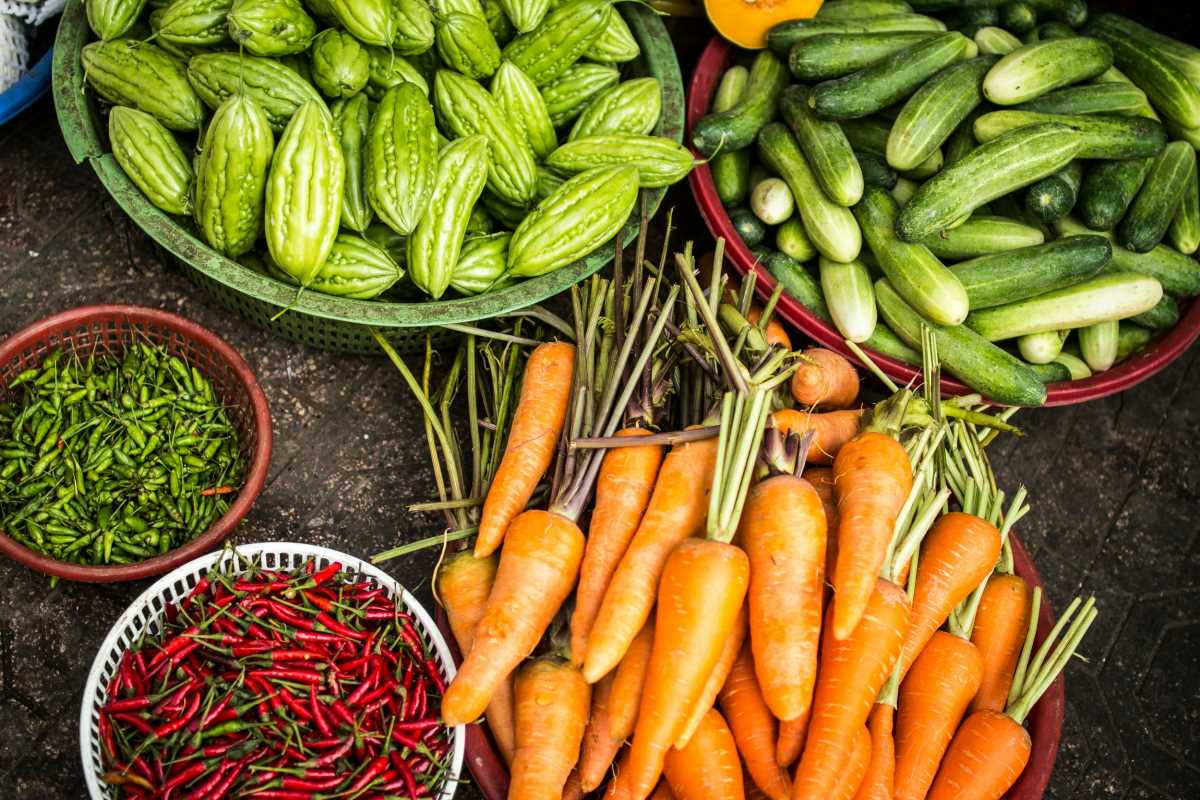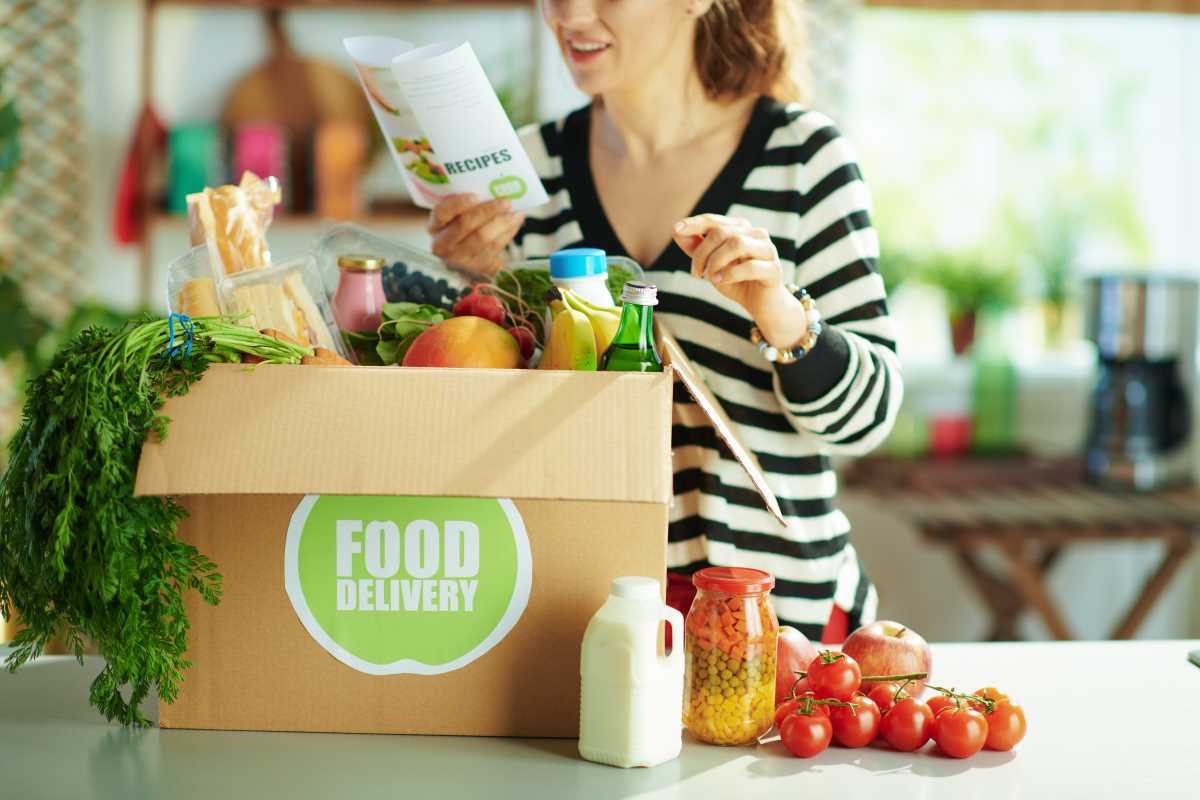Farmers and consumers both gain when fresh, locally grown food travels shorter distances to reach kitchens and markets. Direct connections between growers and nearby buyers help reduce transportation time, lower costs, and minimize the carbon footprint often associated with shipping goods over long distances. By making delivery systems more efficient, local produce arrives at its destination while still at peak freshness, giving people access to higher quality fruits and vegetables. When those who cultivate larger plots or operate in wide rural areas use community-focused delivery methods, they strengthen the entire food network. This approach builds a healthier, more dependable supply of fresh produce for everyone involved.
This approach boosts local economies, minimizes waste, and creates opportunities for neighbors to work together. Clear communication and smart planning let people control how produce moves from the field to the fork, ensuring fair pricing and fresher food for consumers.
Challenges of Local Produce Delivery
Transporting perishable goods over wide distances presents several challenges. The absence of nearby distribution centers forces growers to rely on outdated methods such as direct pick-up routes or infrequent bus routes that are not suitable for handling fresh produce. Long wait times and bulky deliveries can lead to spoilage and increased costs for both producers and local buyers.
Larger areas with fewer people create logistical issues that require creative planning. Harsh weather, long road stretches, and limited access to storage facilities also complicate the task. When growers try to adapt, they need to overcome issues like scheduling conflicts and the need for vehicles that can handle the terrain while keeping produce fresh and intact.
Community-Based Logistics Benefits
Community-based logistics helps solve many traditional distribution challenges. It provides a more local method where everyone shares the workload and the benefits. People in the community can collaborate on a common schedule, ensuring produce reaches local markets on time, and helping to maintain its quality.
This system reduces delivery times, limits fuel use, and cuts transportation costs. The model encourages local producers to support each other by sharing resources like storage cold rooms or access to efficient vehicles. This cooperative approach guarantees that goods move efficiently across the region while reducing environmental impacts.
Steps for Building an Efficient Community Delivery System
Planning a streamlined system requires careful thought and step-by-step actions. Community members need to agree on shared standards, delivery routes, and schedules that work best for everyone. Detailed planning helps avoid overlapping routes and ensures timely pick-ups and deliveries.
Follow these steps to begin setting up your community delivery system:
- Identify available resources in your area, including storage facilities, vehicles, and potential drivers.
- Establish clear pick-up and drop-off points that are accessible to all parties involved.
- Create a shared calendar that outlines delivery days and times, allowing everyone to coordinate effectively.
- Set up communication channels such as group texts, social media groups, or a dedicated phone line to keep everyone updated.
- Review and adjust your routes frequently to account for changes in crop yield, weather conditions, or road accessibility.
Each step requires commitment from all participants. Regular meetings to discuss progress and plans help maintain transparency and foster a sense of joint ownership.
Testing out different schedules initially can reveal what works best. As the system evolves, look for opportunities to improve by rotating responsibilities and assessing feedback from each delivery cycle.
Tools and Technologies for Local Logistics
Technology can simplify many of the challenges in local produce delivery. New tools help everyone track shipments, monitor storage conditions, and manage scheduling more efficiently. These systems reduce errors and free up time for more personal interactions among community members.
The following items can help set up and maintain your logistics operations:
- GPS Trackers – Use these to monitor vehicle routes and ensure produce arrives on time.
- Mobile Apps – Useful for coordinating schedules and sending instant updates among participants.
- Digital Inventory Software – Helps keep track of available stock and forecast needs, reducing food waste.
- Route Optimization Tools – Assist in planning the most efficient paths to save time and fuel.
- Cloud-Based Communication Platforms – Centralize messaging and document sharing for easy access by everyone in the network.
Modern tools provide essential support to a distribution system where errors can lead to spoilage and economic losses. They make day-to-day operations smoother and more reliable.
Using technology not only improves efficiency but also brings transparency into the system. Everyone involved can check updates in real time, ensuring prompt resolution of any issues.
Building Partnerships and Growing Distribution
Growing your network can bring many benefits. Building strong partnerships among local growers, retailers, and service providers helps share risks and rewards. A trusted network allows individuals to source additional storage, specialized vehicles, and even financing options. Keep communication open and honest about needs and challenges to foster strong cooperation.
Include partners who operate in related fields. Working with local chefs, grocers, and community centers opens opportunities for joint promotions and a wider distribution network. fDoing so not only expands your market reach but also creates a network that can adapt quickly to changes.
Holding regular meet-ups and shared events can strengthen bonds and open new opportunities. Clear communication channels turn partnerships into instruments of trust and community resilience.
Sharing success stories and case studies encourages ongoing collaboration. As trust builds, more community members will step up to join and support ongoing growth in distribution efficiency.
This path to local produce delivery creates a strong and flexible system for all involved. Embracing community-based logistics and modern tools offers a fair, efficient way to get quality goods from the field to the table.
Strong partnerships and collaborative planning save time, money, and resources by turning challenges into opportunities.







